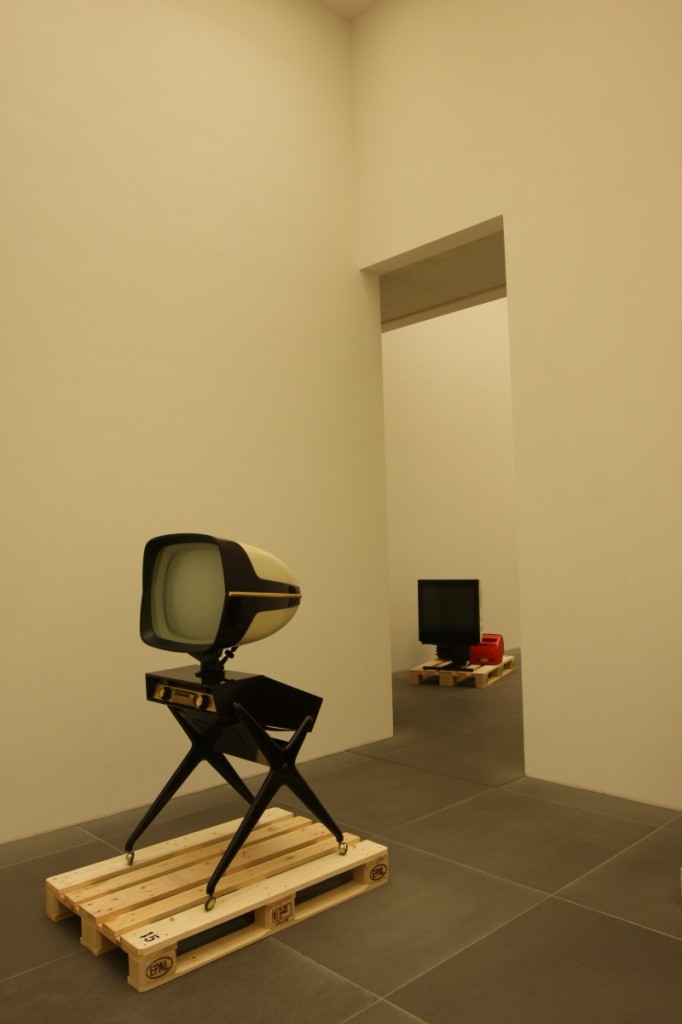When Gil Scott-Heron announced that “The revolution will not be televised” he was of the opinion that this was because the revolution would take place at the grass roots of contemporary society, far removed from the corporate glare of popular global culture.
The fact that television may have become an obsolete remnant of times past never occurred to him.
And quite frankly why, in 1969, should it have?
But today we know, the revolution won’t be televised. The revolution will be streamed.
And with ever advancing technology the television set as Gil Scott-Heron, and most of us, know and knew it is rapidly becoming an endangered species.
Not only are ever more of us using computers, mobile devices and smartphones for our televisual pleasure but ever more programmes are emigrating there. Even the BBC recently decided to transform BBC 3, one of their more experimental channels, into a pure online platform – the reasoning being that the channel’s demographic is predominately younger viewers, and they are generally to be found caught in the net.
The good old television set as a dying good.
And while the The Disposable Heroes of Hiphoprisy would almost certainly celebrate if and when the Drug of the Nation stopped breeding ignorance and feeding radiation, from a design perspective it would be a genuine shame if the TV were to become extinct because over the years it has proven to be a popular medium for product designers from a range of backgrounds and for a range of motivations. A brief taste of just how television design has evolved over the decades and how designers have sought to ensure the television remains a contemporary item can be found in the deftly titled special exhibition Fernsehgeräte – Televisions – currently on show at the Neues Museum Nürnberg.
Presenting over two dozens objects from the museum’s own collection Fernsehgeräte presents a wide selection of televisions “starting” as it were with early Bakelite examples from manufacturers such as Bush and ending with smartphones and a iPad. Between the two chronological extremes the exhibition also nicely illustrates stylistic extremes, most notable when comparing the reduced down forms of Braun TV’s with the Cadillac-esque Komet produced by German manufacturer Kuba, material extremes, size extremes and also ably demonstrates, albeit we feel subconsciously, just how difficult it is to design a TV set that not only is aesthetically pleasing, but one which will remain so in the future. Several of the models on show look very, very dated.
Far from being an exhaustive scientific exploration of the cultural relevance of television design Fernsehgeräte is exactly what it sets out to be: a quick scurry through eight decades of television design. Or better put a highly enjoyable quick scurry through eight decades of television design. And while we wouldn’t recommend making a special trip to Nürnberg to view the exhibition, for that it is simply too small and too superficial, should you find yourself in Nürnberg it is well worth checking out. As is the Neues Museum generally with its delightful mix of contemporary art and design united in one alluring concrete shell.
Fernsehgeräte can be viewed at the Neues Museum Staatliches Museum für Kunst und Design in Nürnberg until Sunday August 31. Full details can be found at www.nmn.de
